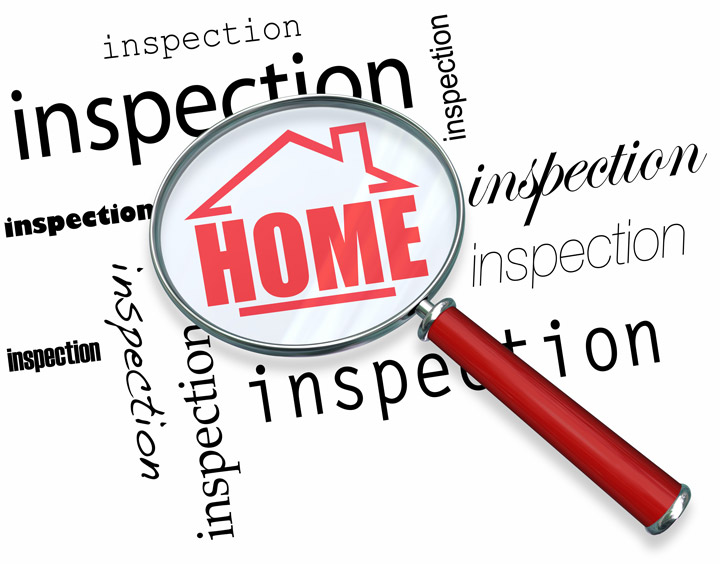
What Are the Parts of an Appraisal?A home purchase is the biggest investment many people may ever make. Whether it's where you raise your family, a second vacation property or an investment, the purchase of real property is a complex financial transaction that requires multiple parties to make it all happen. Most of the parties involved are very familiar. The real estate agent is the most recognizable person in the transaction. Then, the bank provides the money necessary to bankroll the transaction. The title company ensures that all details of the sale are completed and that the title is clear to pass to the buyer from the seller. So, what party is responsible for making sure the property is worth the purchase price? In comes the appraiser. We provide an unbiased estimate of what a buyer might expect to pay — or a seller receive — for a parcel of real estate, where both buyer and seller are informed parties. A licensed, certified, professional appraiser from Clay Wells & Associates, Inc. will ensure, you as an interested party, are informed. Inspecting the subject propertyOur first task at Clay Wells & Associates, Inc. is to inspect the property to ascertain its true status. We must actually view features, such as the number of bedrooms and bathrooms, the location, amenities, etc., to ensure they truly are there and are in the shape a typical buyer would expect them to be. To ensure the stated square footage is accurate and illustrate the layout of the property, the inspection often requires creating a sketch of the floorplan. Most importantly, we look for any obvious amenities - or defects - that would have an impact on the value of the house. Following the inspection, an appraiser uses two or three approaches to determining the value of real property: sales comparison and, in the case of a rental property, an income approach. 
Replacement CostHere, we gather information on local building costs, labor rates and other factors to ascertain how much it would cost to build a property comparable to the one being appraised. This figure commonly sets the maximum on what a property would sell for. It's also the least used predictor of value. 
Paired Sales AnalysisAppraisers can tell you a lot about the communities in which they work. They thoroughly understand the value of certain features to the people of that area. Then, the appraiser researches recent sales in the area and finds properties which are 'comparable' to the subject at hand. Using knowledge of the value of certain items such as fireplaces, room layout, appliance upgrades, additional bathrooms or bedrooms, or quality of construction, we add or subtract from each comparable's sales price so that they more accurately match the features of subject.
After all differences have been accounted for, the appraiser reconciles the adjusted sales prices of all the comps and then derives an opinion of what the subject could sell for. At Clay Wells & Associates, Inc., we are experts when it comes to knowing the worth of particular items in Bowling Green and Warren County neighborhoods. This approach to value is most often given the most importance when an appraisal is for a home sale. Valuation Using the Income ApproachA third method of valuing a property is sometimes applied when a neighborhood has a reasonable number of rental properties. In this case, the amount of revenue the property yields is taken into consideration along with income produced by nearby properties to give an indicator of the current value. ReconciliationAnalyzing the data from all applicable approaches, the appraiser is then ready to stipulate an estimated market value for the property in question. It is important to note that while this amount is probably the most accurate indication of what a property is worth, it may not be the price at which the property closes. It's not uncommon for prices to be driven up or down by extenuating circumstances like the motivation or urgency of a seller or 'bidding wars'. But the appraised value is typically employed as a guideline for lenders who don't want to loan a buyer more money than they could get back in the event they had to put the property on the market again. Here's what it all boils down to, an appraiser from Clay Wells & Associates, Inc. will guarantee you attain the most accurate property value, so you can make the most informed real estate decisions. |